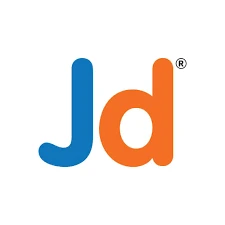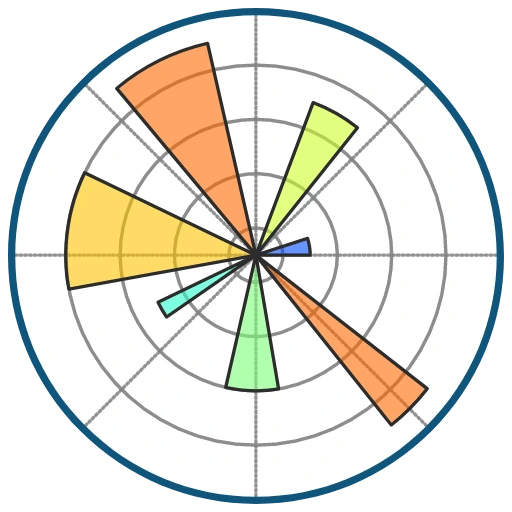||Data Science with Python Course in Anand
Unlock the power of data with our Data Science Using Python Certification Course in Anand, designed to equip participants with comprehensive knowledge and hands-on skills in Python-based data science and analytics. Whether you are starting your journey in data science or looking to upgrade your expertise, our program offers a structured learning path tailored to industry needs.
Our Data Science Using Python Training in Anand begins with an introduction to Python programming, covering essential topics like syntax, data types, control structures, and functions. As you gain proficiency, the course progresses to core data science libraries such as NumPy, pandas, and Matplotlib, enabling efficient dataset manipulation, exploration, and visualization. Dive into key concepts like data preprocessing, handling missing values, and feature engineering, all of which prepare you for advanced modeling techniques. Participants in our Data Science Using Python Classes in Anand will master both supervised and unsupervised machine learning algorithms, including linear regression, logistic regression, clustering, decision trees, and dimensionality reduction. Emphasis is placed on practical application, allowing learners to solve real-world problems through projects and exercises using real datasets. Advanced topics like deep learning, natural language processing (NLP), and big data processing may also be included based on the course duration and depth.
By the end of this Data Science Using Python Certification Course in Anand, learners will possess the confidence and skills to tackle complex data analysis tasks, build predictive models, and apply Python to address real-world data challenges. This certification validates your expertise, making it ideal for professionals aiming to enhance their career prospects or individuals aspiring to enter the data-driven industry. Enroll in our Python Classes in Anand to master one of the most in-demand skills in the tech world. Our Data Science Classes in Anand are expertly designed to make you proficient in data interpretation and visualization, empowering you with tools to thrive in the competitive tech landscape. Start your journey today with our Python Courses in Anand and unlock new career opportunities in data science and analytics!









 4.8 (21,636) reviews
4.8 (21,636) reviews
 Pandas
Pandas
 PyTorch
PyTorch
 NumPy
NumPy
 Matplotlib
Matplotlib
 Scikit-learn
Scikit-learn
 Keras
Keras
 GitHub
GitHub
 Scipy
Scipy
 Docker
Docker
 MySQL
MySQL
 AWS
AWS
 Plotly
Plotly


 Read more
Read more 


